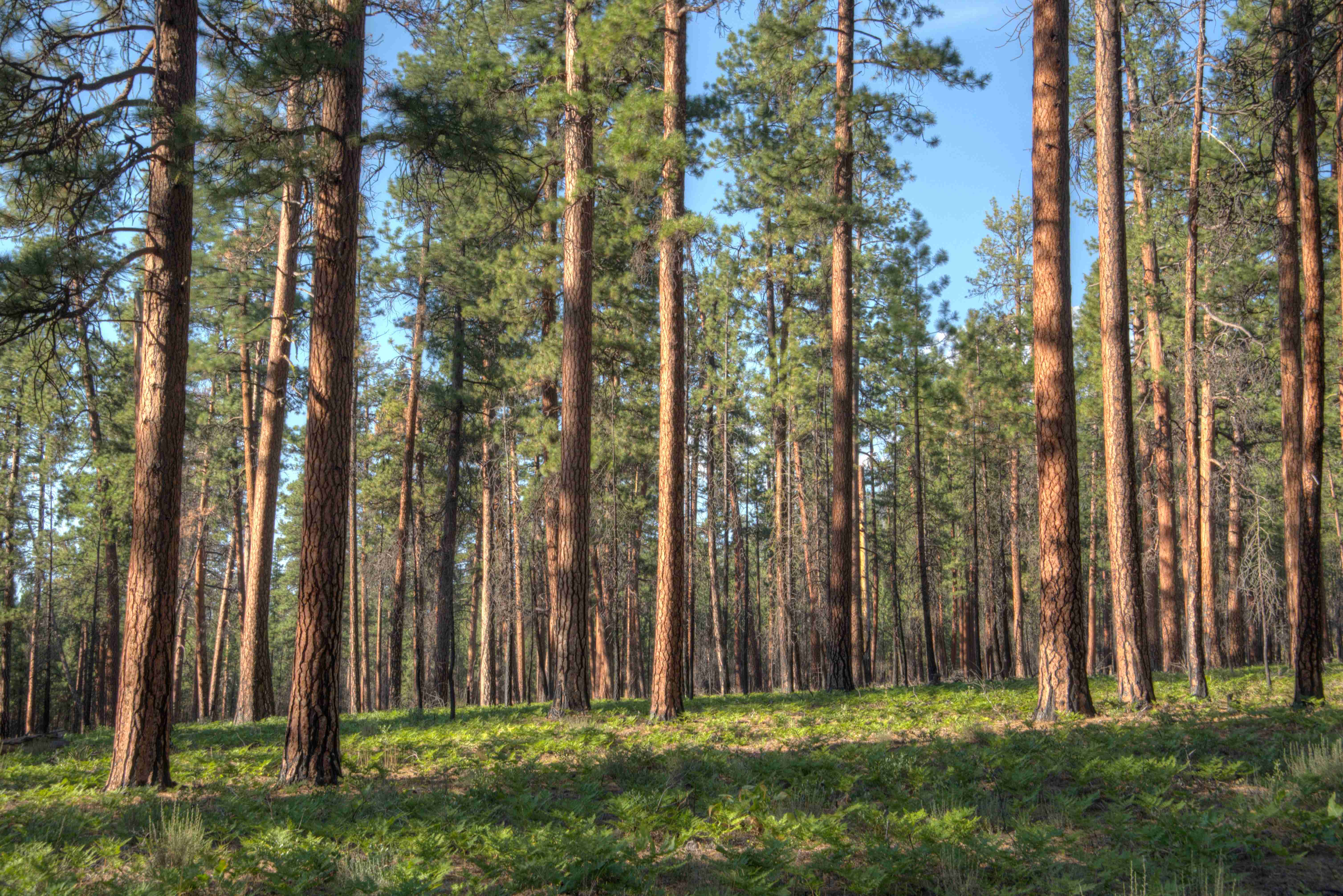
With over 44 million homes in the wildland urban interface (WUI) and the increased frequency of wildfire there is no better time to protect your home.
Acres Burned
Structures Lost
Structures Damaged
Insured Wildfire Losses

Wildfire mitigation isn’t just smart, it can save your home and your wallet. Homes with defensible space and fire-resistant features are more than twice as likely to survive a wildfire, while proactive mitigation and home hardening can reduce insurance premiums by up to 30% in high-risk areas. In Colorado alone, over 320,000 homes are at severe risk of wildfire, putting nearly 1 million residents in danger. Investing in proper mitigation gives you a real chance to protect your property, your family, and your financial security
Wildfire mitigation is a set of proactive steps to reduce the risk of wildfire damage to your home. This includes creating defensible space, removing combustible materials, and using fire-resistant landscaping and building features.
Homes with defensible space and fire-resistant features are more than twice as likely to survive a wildfire. Proper mitigation can also reduce insurance premiums by up to 30% in high-risk areas.
Use local wildfire risk maps like the Colorado Forest Atlas or schedule a professional assessment with our firefighter-led team to evaluate your property’s wildfire exposure.
Yes. Colorado offers tax benefits, including state income tax subtractions for out-of-pocket mitigation expenses. Certain landowners may also qualify for tax credits depending on income and work completed.

Colorado is leading the way in wildfire insurance reform, offering premium discounts to homeowners who harden their properties against fire risk.
Read More
The Lee Fire is on track to surpass the historic Hayman Fire as Colorado research shows wildfires are growing larger, faster, and more frequent in a new era of megafires.
Read More
Xcel Energy will pay $640 million to settle lawsuits over Colorado’s devastating 2021 Marshall Fire, which killed two people and destroyed nearly 1,000 homes.
Read More